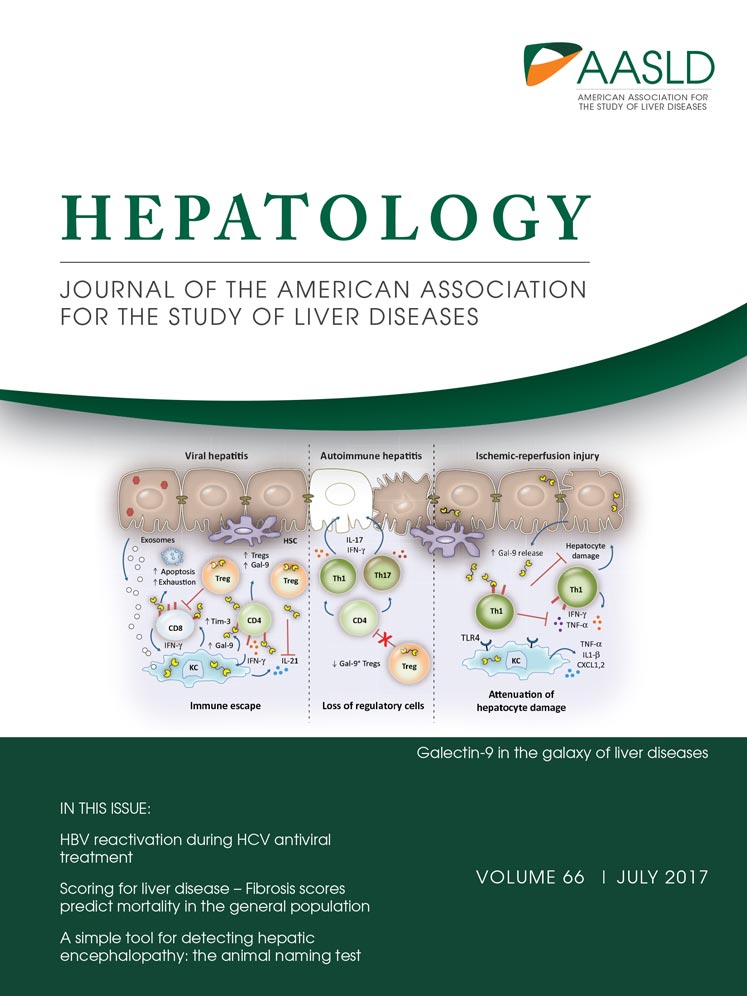Reply
Potential conflict of interest: Dr. Watson is employed by and owns stock in Sanofi.
We thank de Mattos et al. for the interest in our study. They highlight two limitations of our study, both of which we expand upon here.
Their first point concerns changes in proton pump inhibitor (PPI) use during follow-up. In the Cox regression analysis of the effect of current PPI use (hazard ratio for current use vs. current nonuse = 1.36; 95% confidence interval, 1.01−1.84), we did control for changes in PPI use during the follow-up. Recording of PPI use throughout the study period was included in the original study. This piece of information may not have been perfectly recorded, for example, because patients may not have been truthful. However, that is not a study design flaw. A randomized trial would face the same challenges.
Their second point is about lactulose. We agree that lactulose use may serve as a marker of minimal hepatic encephalopathy (HE; current or previous) or a perceived high risk of HE, as discussed in the article. However, we disagree with the statement that “When only lactulose nonusers were evaluated, the impact of PPI on HE was actually lost (95% confidence interval included the null value).” The estimated effect of PPIs on HE among lactulose nonusers was 1.33, not 1. The confidence interval indicates the precision in the 1.33 estimate (which depends on the number of HE episodes); it does not indicate whether 1.33 is “effect” or “no effect.” We think that it is a clinically significant effect—almost exactly the same as in the primary analysis, in which it was 1.36. Ken Rothman has elaborated on the frequent confusion between effect estimation and hypothesis testing.1, 2
Finally, we very much agree with de Mattos et al.'s statement that physicians should avoid the indiscriminate use of PPIs.
-
Gitte Dam, Ph.D.1
-
Hendrik Vilstrup, D.M.Sci.1
-
Hugh Watson, Ph.D.2
-
Peter Jepsen, Ph.D.1,3
-
1Department of Hepatology and Gastroenterology
-
Aarhus University Hospital
-
Aarhus, Denmark
-
2Sanofi Aventis R&D
-
Paris, France
-
3Department of Clinical Epidemiology
-
Aarhus University Hospital
-
Aarhus, Denmark




